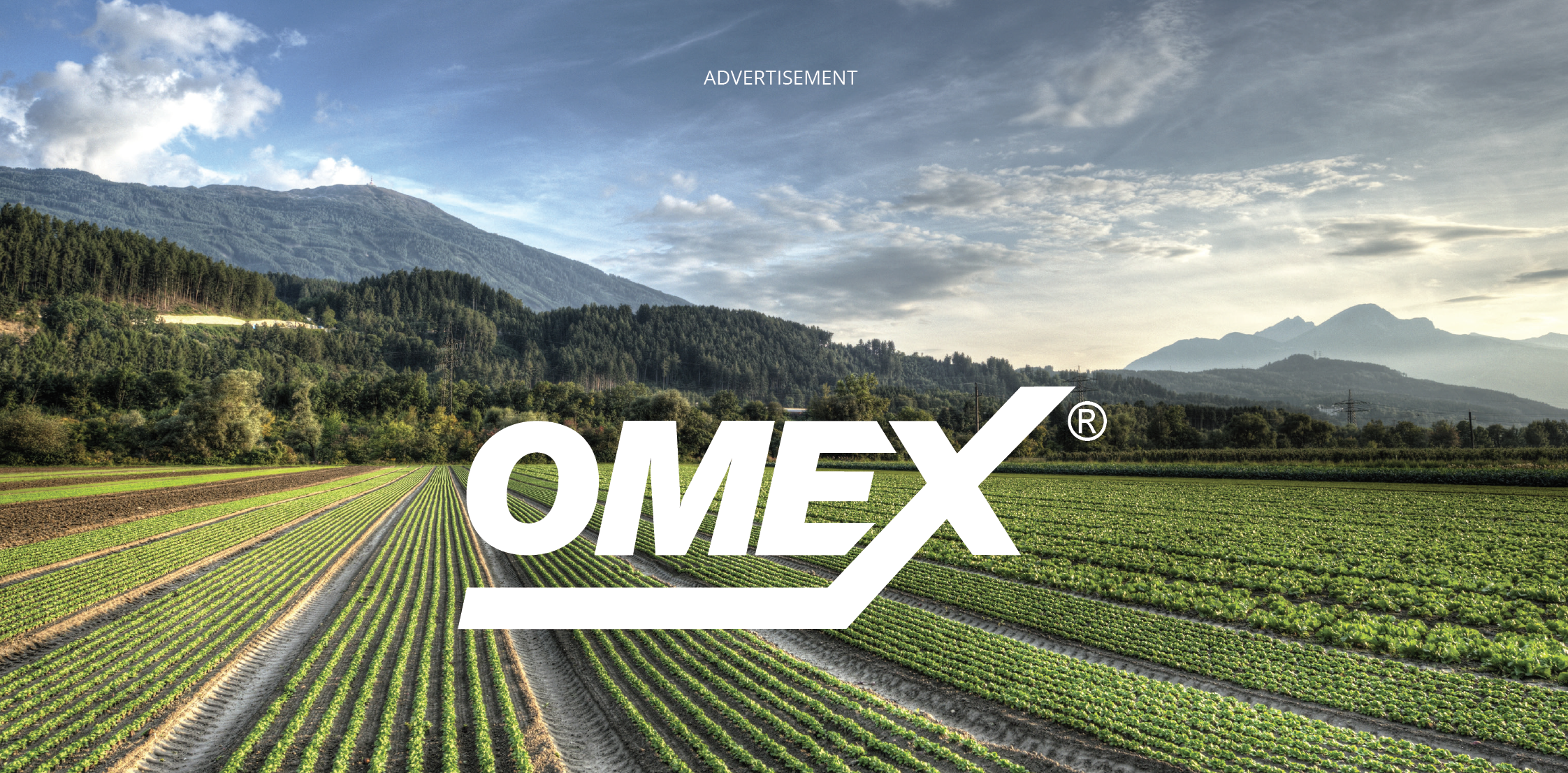Jun 22, 2020Stay alert to vegetables’ water needs


{Sponsored} While publication of the FDA’s STEC Action Plan has captured headlines in recent weeks, growers of leafy greens have been urged to ‘leave room’ to focus on crop quality and plant health issues alongside microbiological safety.
Published in late May, FDA’s 2020 Leafy Greens STEC Action Plan contains a set of preventative, responsive and evaluative measures to ensure the microbiological safety of leafy greens. It focuses on improving agricultural water safety.
“It’s a valuable document and definitely a step in the right direction,” says Mike Williams, CEO of California-based crop nutrition specialists OMEX® Agrifluids. “By adopting unified standards on water usage, testing and communication, we’ll certainly improve food safety and consumer confidence in this valuable and healthy crop.
“It’s important, however, that growers continue to address their agronomic aspects of good water management to ensure a good, strong crop in 2020.”
Williams suggests most growers will already be conducting irrigation ‘pre-flight’ checks in order to ensure that their irrigation decisions are based on firm evidence. “Soil moisture levels, water composition, soil samples — all those should already be in your log, as the basis for your irrigation calculations.
“Others may be relying on sensors and weather data analysis to guide their irrigation strategy.”
But Williams says one thing a lot of growers overlook is the soil’s ability to allow water to properly penetrate, and reach the crop’s roots.
“If your soil’s water penetration is compromised, the crop can find itself under-irrigated despite the irrigation calculations being correct.”
Excess magnesium or sodium within the soil can cause individual clay particles to clump together. This blocks the soil pores, preventing free movement of water through the soil profile. Displacing the magnesium can restore water penetration.
Williams says it’s somewhat frustrating to see water penetration issues going undetected so often, because it’s a relatively simple issue to address. “It’s as easy as adding calcium to the irrigation water supply,” he says.
“Gypsum is an option and it’s inexpensive. However, if you’re using drip irrigation, gypsum presents a major disadvantage,” Williams warns. “If you’ve even small traces of bicarbonate in your irrigation water, then there’s a risk that it will end up blocking your system with lime deposits.”
To avoid this, Williams suggests growers turn to solutions containing calcium nitrate. OMEX® has developed its own calcium nitrate formulation — Cell Power SLYCE® Ca8% — which also contains humic acid.
“Humic acid increases the capacity of the soil’s colloidal structure,” explains Williams. “By creating a more friable soil structure, it increases water-holding capacity and aeration.
“Short-chained sugars are an additional component in SLYCE®. As well as maximizing the soluble calcium, these can help to stabilize aggregates in surface soil and improve water infiltration.”
In addition to improving water penetration within the soil profile, SLYCE® also increases available fertility — especially when applied after granular fertilizers such as DAP and MAP.
Learn more at www.omexusa.com.
The product names and brands referenced here are registered and trademarks of OMEX® Agrifluids Inc. © OMEX Agrifluids Inc. 2020














